-
 Bitcoin
Bitcoin $118700
0.18% -
 Ethereum
Ethereum $4207
-0.08% -
 XRP
XRP $3.137
-1.21% -
 Tether USDt
Tether USDt $0.0000
-0.01% -
 BNB
BNB $802.0
0.16% -
 Solana
Solana $174.9
-4.66% -
 USDC
USDC $0.0000
0.01% -
 Dogecoin
Dogecoin $0.2240
-3.41% -
 TRON
TRON $0.3443
1.62% -
 Cardano
Cardano $0.7730
-2.77% -
 Hyperliquid
Hyperliquid $43.29
-3.27% -
 Chainlink
Chainlink $21.13
-3.66% -
 Stellar
Stellar $0.4295
-2.58% -
 Sui
Sui $3.652
-4.60% -
 Bitcoin Cash
Bitcoin Cash $577.8
1.67% -
 Hedera
Hedera $0.2453
-4.42% -
 Ethena USDe
Ethena USDe $1.001
-0.01% -
 Avalanche
Avalanche $22.85
-3.28% -
 Litecoin
Litecoin $120.4
-2.94% -
 Toncoin
Toncoin $3.367
1.48% -
 UNUS SED LEO
UNUS SED LEO $8.979
-0.56% -
 Shiba Inu
Shiba Inu $0.00001294
-4.04% -
 Uniswap
Uniswap $11.03
1.68% -
 Polkadot
Polkadot $3.856
-4.18% -
 Dai
Dai $1.000
0.00% -
 Cronos
Cronos $0.1654
2.16% -
 Ethena
Ethena $0.7810
0.70% -
 Monero
Monero $272.9
2.11% -
 Bitget Token
Bitget Token $4.397
-0.88% -
 Pepe
Pepe $0.00001124
-5.87%
What is the role of digital scarcity in NFTs?
Digital scarcity gives NFTs value by using blockchain to create verifiable rarity, ensuring each token is unique, ownership is immutable, and supply is transparent.
Aug 11, 2025 at 11:36 pm
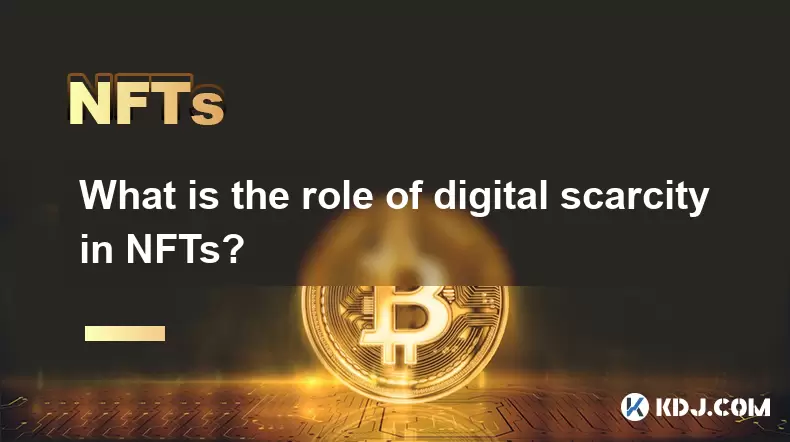
Understanding Digital Scarcity in the Context of NFTs
Digital scarcity refers to the deliberate limitation of digital assets to create value through rarity. Unlike traditional digital files, which can be copied infinitely with no degradation in quality, digital scarcity introduces artificial constraints that mimic the properties of physical collectibles. In the world of NFTs (Non-Fungible Tokens), this concept is foundational. Each NFT is a unique cryptographic token stored on a blockchain, most commonly Ethereum, and is designed to be non-replicable. The blockchain ensures that ownership and provenance are transparent and immutable. Because NFTs are indivisible and uniquely identifiable, they can represent one-of-a-kind digital items such as artwork, virtual real estate, or in-game assets.
How Blockchain Enables Digital Scarcity
The blockchain is the technological backbone that makes digital scarcity possible. Every NFT is minted with a unique identifier linked to a specific wallet address. This process involves creating a smart contract—a self-executing code on the blockchain that defines the rules of the NFT. The smart contract specifies the total supply, metadata, and transferability conditions. For example, an artist can mint a digital artwork as a single-edition NFT, meaning only one copy will ever exist. The blockchain records every transaction involving that NFT, including sales, transfers, and bids. This transparency ensures that no duplicate can be authenticated as the original. Even if someone copies the image or file associated with the NFT, the ownership record remains exclusively on the blockchain, preserving the scarcity.
The Role of Metadata and Token Standards
The ERC-721 and ERC-1155 token standards on Ethereum are critical in enforcing digital scarcity. ERC-721 is used for unique, non-fungible tokens, where each token has a distinct ID and cannot be exchanged on a one-to-one basis like cryptocurrencies. ERC-1155 allows for both fungible and non-fungible tokens within the same contract, enabling more complex scarcity models such as limited edition drops. Metadata, often stored off-chain via IPFS (InterPlanetary File System), includes details like the name, description, and file URI of the NFT. While the metadata can be updated in some implementations, reputable NFT projects use immutable metadata to prevent tampering and ensure long-term scarcity integrity.
Creating Value Through Artificial Scarcity
Scarcity drives value in both physical and digital economies. In the NFT space, artificial scarcity is intentionally engineered to increase desirability. Projects like CryptoPunks and Bored Ape Yacht Club released a fixed number of avatars—10,000 each—making them instantly rare. Collectors are willing to pay high prices because the supply is capped and verifiable. This model mimics luxury goods, where exclusivity enhances prestige. Marketplaces like OpenSea and LooksRare display ownership history and rarity scores, helping users assess value. Even when an NFT’s underlying file is publicly viewable, the ownership certificate on the blockchain holds the real value. This separation between access and ownership is central to the economic model of NFTs.
Practical Steps to Verify Scarcity of an NFT
To confirm the scarcity of an NFT, users must perform on-chain verification. This process ensures the token supply and ownership history are legitimate. The steps include:
- Connect a cryptocurrency wallet such as MetaMask to a blockchain explorer like Etherscan.
- Locate the NFT by searching its contract address or token ID.
- Check the total supply field in the contract details—this indicates how many copies exist.
- Review the token standard (e.g., ERC-721) to confirm it is non-fungible.
- Examine the ownership history to see transfer records and verify authenticity.
- Validate the metadata URI to ensure it points to a permanent storage solution like IPFS.
- Use tools like TokenSniffer or Rarity.tools to analyze rarity traits and compare with other tokens in the collection.
Impact of Scarcity on NFT Marketplaces and Trading
Digital scarcity directly influences pricing and trading behavior on NFT platforms. Items with lower supply or unique attributes often command higher prices. For example, a 1-of-1 NFT from a well-known artist will typically sell for more than a mass-produced digital sticker. Auction mechanisms on platforms like Foundation or Zora leverage scarcity by allowing competitive bidding. Limited-time drops create urgency, encouraging faster purchases. Additionally, royalty enforcement through smart contracts ensures creators benefit from secondary sales, which is only viable when scarcity maintains resale value. Traders use rarity calculators to identify undervalued NFTs based on trait scarcity, such as a rare background color in a generative art collection.Frequently Asked Questions
Can digital scarcity be faked in NFTs?
Yes, but only superficially. While anyone can create an NFT and claim it is rare, the blockchain provides public verification. If a creator mints 10,000 identical NFTs but claims one is unique, the contract data will reveal the true supply. Buyers should always check the contract address and total supply on a blockchain explorer to avoid scams. Fake scarcity often collapses when the truth is exposed on-chain.Does digital scarcity apply to the file or the token?
Digital scarcity applies to the token, not the file. The image, video, or audio linked to an NFT can be copied and shared freely. What cannot be duplicated is the ownership record on the blockchain. This distinction is crucial—owning an NFT is like owning a signed certificate of authenticity for a digital item, not the item’s exclusive usage rights.How do creators enforce scarcity after minting?
Creators use immutable smart contracts that cannot be altered once deployed. They also avoid centralized servers for metadata, opting for decentralized storage like IPFS. Some projects burn unsold NFTs after a sale to reduce supply and increase scarcity. These actions are transparent and verifiable by the community.Can an NFT lose its scarcity value?
An NFT retains its technical scarcity as long as the blockchain exists, but its perceived value can diminish. If a project loses popularity, demand drops, and prices fall—even if the token remains rare. Scarcity is necessary but not sufficient for value; community interest, utility, and reputation also play critical roles.
Disclaimer:info@kdj.com
The information provided is not trading advice. kdj.com does not assume any responsibility for any investments made based on the information provided in this article. Cryptocurrencies are highly volatile and it is highly recommended that you invest with caution after thorough research!
If you believe that the content used on this website infringes your copyright, please contact us immediately (info@kdj.com) and we will delete it promptly.
- Dogecoin's Rally Pause: Bullish Structure Still Intact?
- 2025-08-12 04:50:12
- Whales, Altcoins, and Accumulation: What's the Hype?
- 2025-08-12 04:55:16
- Floki's Valhalla: From Viking Raids to Mainstream MMORPG Domination
- 2025-08-12 05:10:12
- Do Kwon, Terra LUNA, and Lunar Horizons: A Tale of Trials and Tribulations
- 2025-08-12 04:30:12
- Bitcoin, Wealth Protection, and Economies: A Modern Financial Safety Net
- 2025-08-12 04:30:12
- INJ ETF, Crypto Future, and Uncertainty: Navigating the Murky Waters
- 2025-08-12 02:50:12
Related knowledge
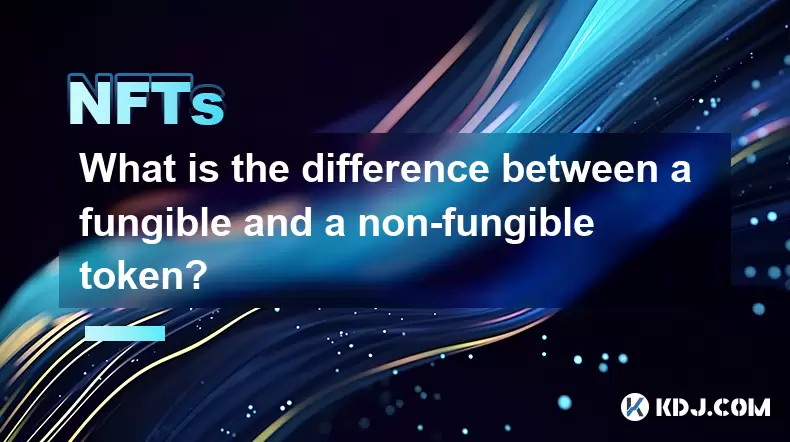
What is the difference between a fungible and a non-fungible token?
Aug 11,2025 at 12:07pm
Understanding Fungibility in Digital AssetsThe concept of fungibility is foundational to understanding both fungible and non-fungible tokens (NFTs) in...
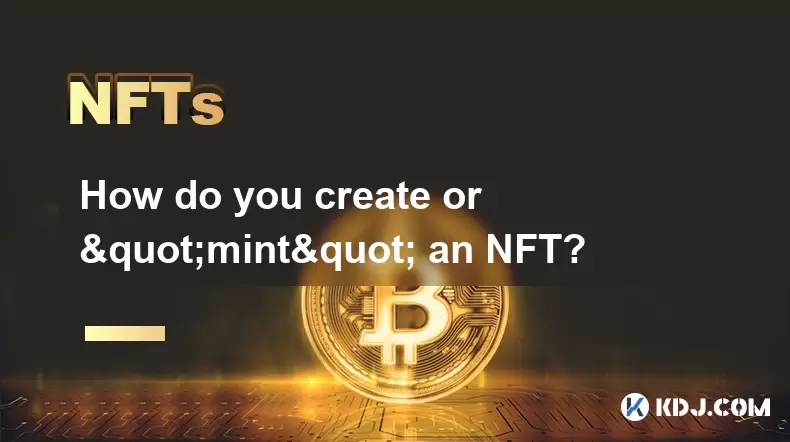
How do you create or "mint" an NFT?
Aug 09,2025 at 08:56pm
Understanding What an NFT Is Before MintingBefore diving into the process of creating an NFT, it's essential to understand what an NFT actually is. An...
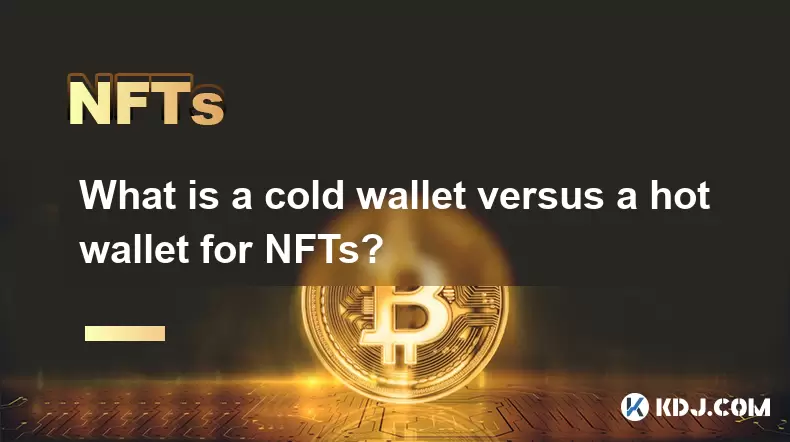
What is a cold wallet versus a hot wallet for NFTs?
Aug 10,2025 at 10:49pm
Understanding Cold Wallets and Hot Wallets in the NFT EcosystemIn the world of NFTs (Non-Fungible Tokens), digital ownership and security are paramoun...

How do I protect my NFTs from being stolen?
Aug 11,2025 at 06:28pm
Understanding the Risks to NFT OwnershipNFTs, or non-fungible tokens, represent unique digital assets secured on blockchain networks. Despite their cr...

What is the role of digital scarcity in NFTs?
Aug 11,2025 at 11:36pm
Understanding Digital Scarcity in the Context of NFTsDigital scarcity refers to the deliberate limitation of digital assets to create value through ra...
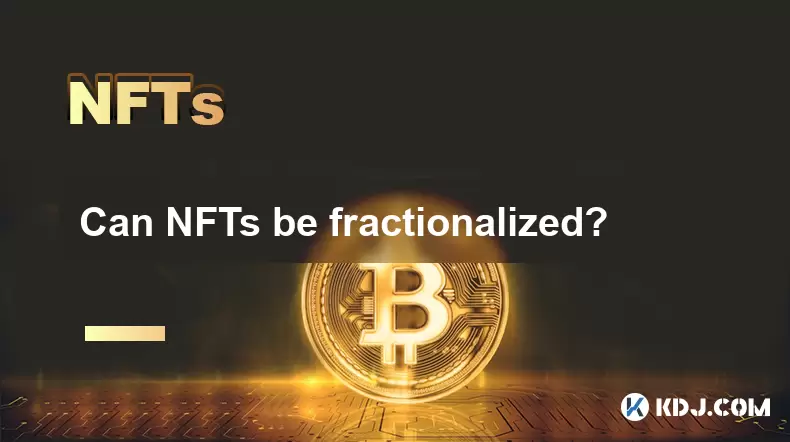
Can NFTs be fractionalized?
Aug 11,2025 at 12:07am
Understanding NFT FractionalizationNFT fractionalization refers to the process of dividing a single non-fungible token into multiple smaller, fungible...

What is the difference between a fungible and a non-fungible token?
Aug 11,2025 at 12:07pm
Understanding Fungibility in Digital AssetsThe concept of fungibility is foundational to understanding both fungible and non-fungible tokens (NFTs) in...

How do you create or "mint" an NFT?
Aug 09,2025 at 08:56pm
Understanding What an NFT Is Before MintingBefore diving into the process of creating an NFT, it's essential to understand what an NFT actually is. An...

What is a cold wallet versus a hot wallet for NFTs?
Aug 10,2025 at 10:49pm
Understanding Cold Wallets and Hot Wallets in the NFT EcosystemIn the world of NFTs (Non-Fungible Tokens), digital ownership and security are paramoun...

How do I protect my NFTs from being stolen?
Aug 11,2025 at 06:28pm
Understanding the Risks to NFT OwnershipNFTs, or non-fungible tokens, represent unique digital assets secured on blockchain networks. Despite their cr...

What is the role of digital scarcity in NFTs?
Aug 11,2025 at 11:36pm
Understanding Digital Scarcity in the Context of NFTsDigital scarcity refers to the deliberate limitation of digital assets to create value through ra...

Can NFTs be fractionalized?
Aug 11,2025 at 12:07am
Understanding NFT FractionalizationNFT fractionalization refers to the process of dividing a single non-fungible token into multiple smaller, fungible...
See all articles

























































































